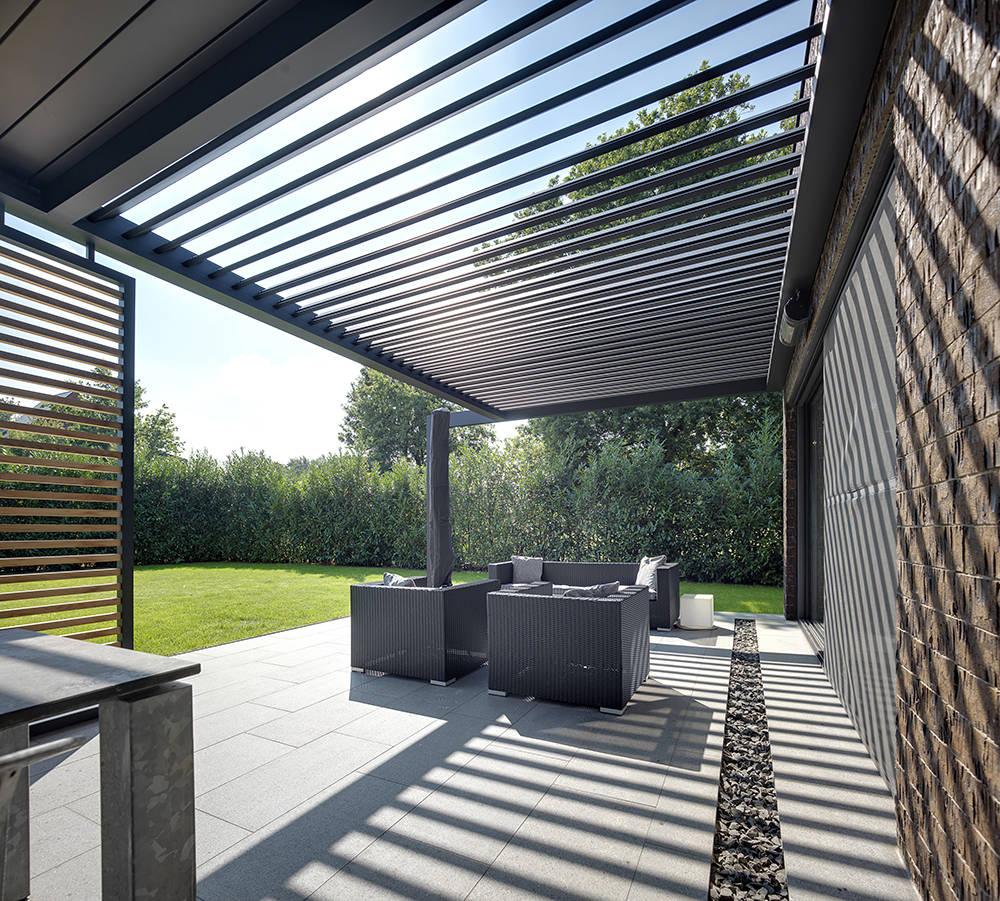Chinese engineer Li Ming is currently leading his team to install a pavilion in a public welfare park.
In the verdant community of Lima, Peru, Chinese engineer Li Ming is leading his team to install a pavilion in a public park. Constructed from pineapple grid anti-corrosion wood, the pavilion combines mortise-and-tenon joinery with epoxy resin bonding, specifically designed to withstand Peru's coastal windy climate.
Under the blazing sun, the team first compacts the plain soil with a tamper and pours a C15 concrete cushion layer. As the crane slowly lifts the prefabricated octagonal pavilion roof, local children gather around, exclaiming "Mira!" (Look!) in Spanish, marveling at the fusion of traditional Dougong bracket sets and modern galvanized steel waterproof layers. Li Ming teaches the workers to adjust the perpendicularity of the column bases with plywood shims, discovering that Peruvian craftsmen can even use ancient Inca knot-tying methods to assist in level measurements.
As the last piece of imitation glazed tile is secured onto the ridge tile, the setting sun casts cloud formations resembling the silhouette of Machu Picchu onto the pavilion's corners. Lima resident Ana brings her daughter with lemonade, saying the pavilion reminds her of the stargazing platforms on the reed floating islands of Lake Titicaca, her hometown. When the first raindrop falls on the gray-green treasured roof, the eaves' copper bells harmonize with the sound of the ocean waves, and the pavilion has quietly integrated into this land where Inca civilization meets the Pacific.
